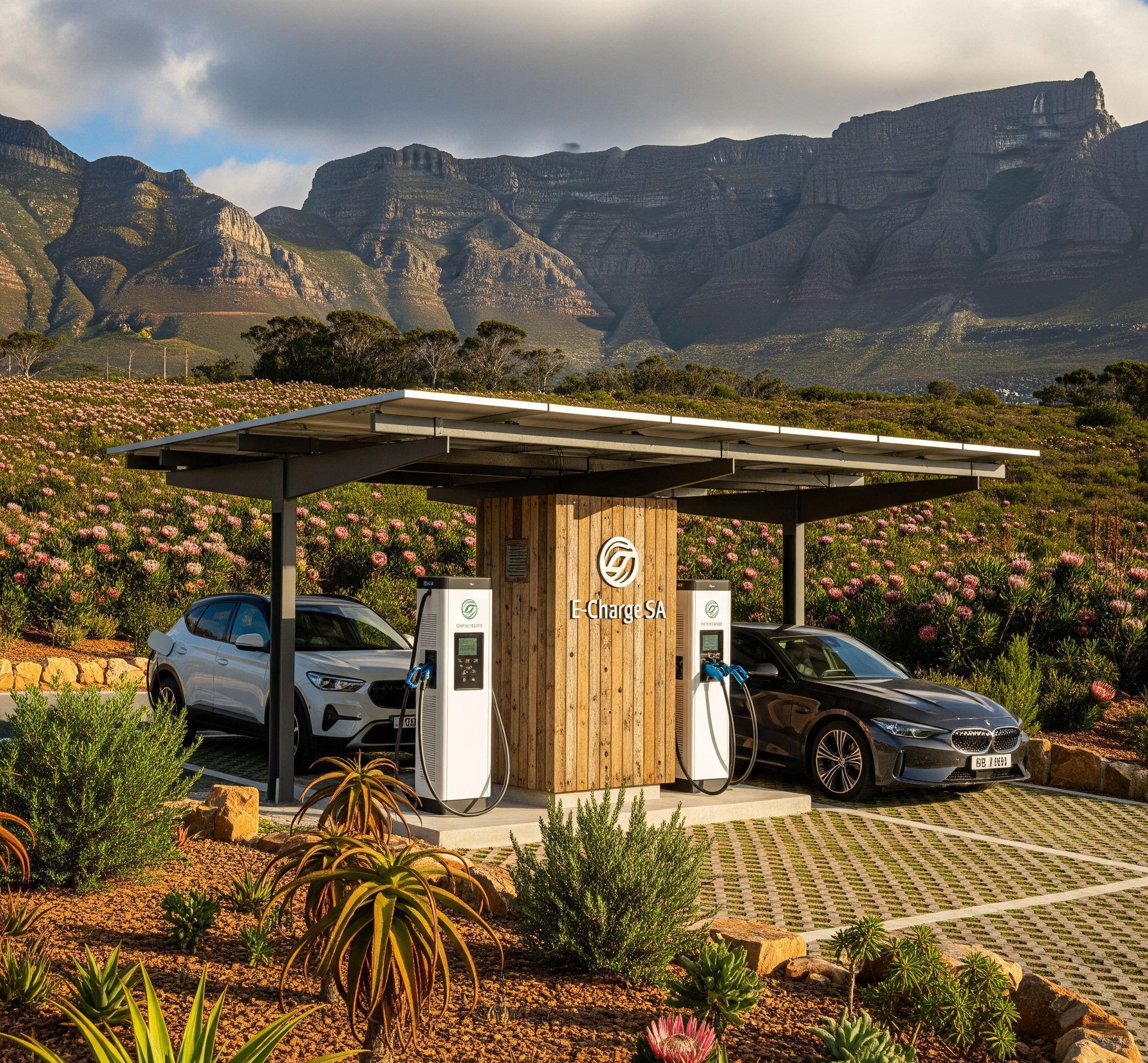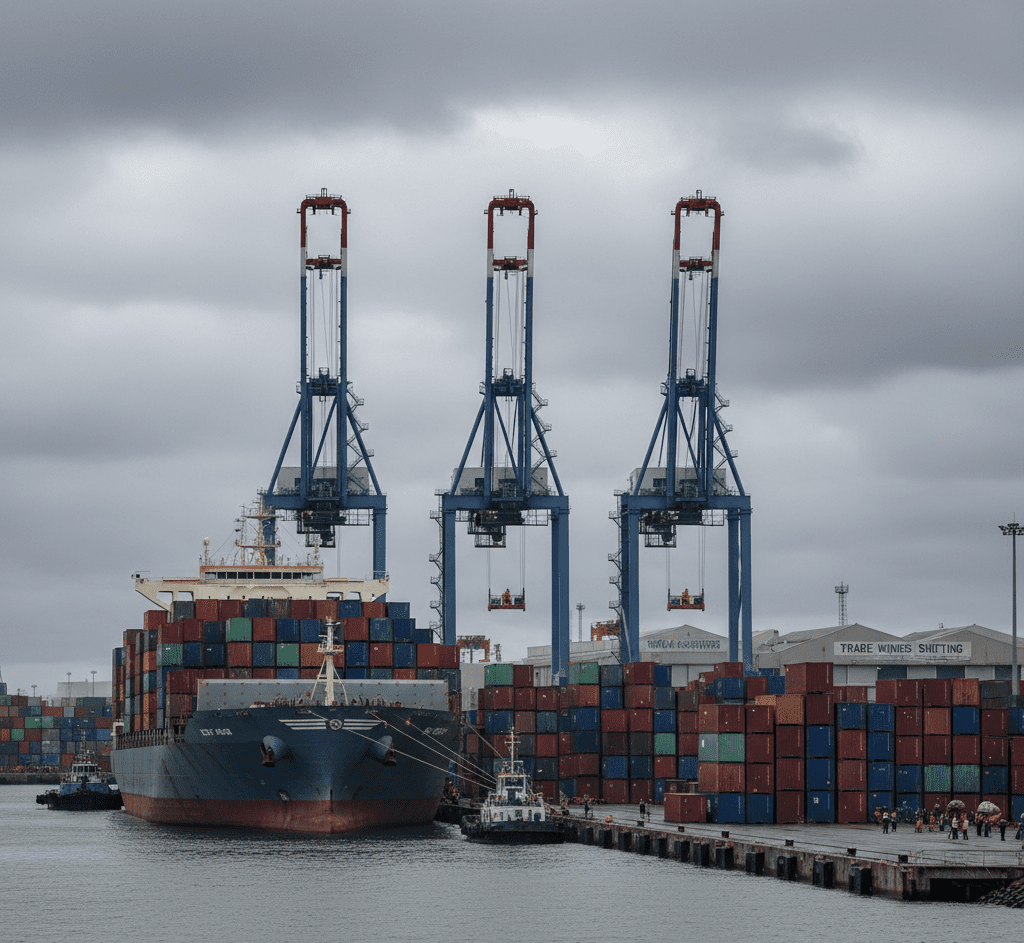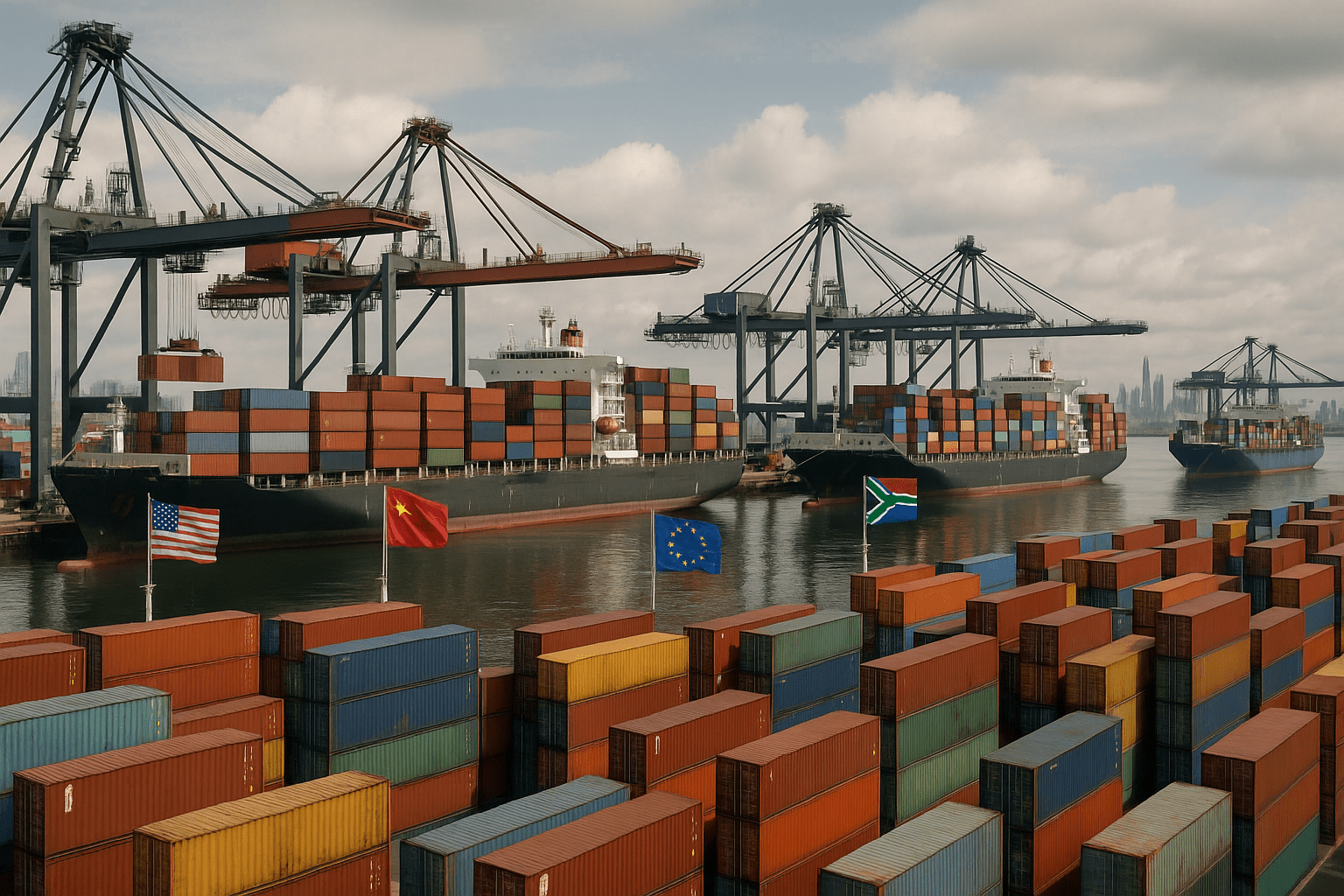The EV Shift: Can South Africa’s Automotive Industry Survive?

The EV Shift: Can South Africa’s Automotive Industry Survive?
The South African automotive industry is at a critical juncture. The global shift toward electric vehicles (EVs) is no longer a future concept but an urgent reality that threatens its core business model. With Europe, South Africa’s largest automotive export market, aggressively phasing out internal combustion engine (ICE) vehicles by 2035, the country must adapt or face severe economic consequences.
This global EV revolution, spearheaded by powerhouses like China and Europe, is reshaping the entire automotive landscape. For South Africa, the challenge is clear: its traditional strength in manufacturing ICE vehicles is becoming a liability. Unless the country develops a robust strategy to embrace the EV transition, a sector that contributes significantly to the GDP and sustains nearly half a million jobs could face a steep decline. Conversely, a proactive approach to the EV shift could position South Africa as a leader in EV manufacturing and the wider EV supply chain in Africa.
The Current State of the South African Automotive Industry
The automotive sector remains a pillar of South Africa’s economy. According to naamsa, the industry in 2023:
- Contributed 4.9% to GDP.
- Sustained over 470,000 jobs.
- Accounted for 13.9% of total exports, valued at more than R271 billion.
South Africa is home to major operations from global brands like Toyota, Ford, BMW, Mercedes-Benz, Volkswagen, and Isuzu. These plants have historically focused on producing ICE vehicles for both domestic and export markets. However, the rapid move to EV technology in key markets—particularly the EU and the UK—puts this export model at risk.
The Global EV Shift: Why It Matters for South Africa
The global electric vehicle (EV) revolution is already in full swing.
- China: Dominates with over 60% of global EV sales in 2024.
- Europe: EVs captured 21% of the market in 2024, driven by stringent emissions regulations and consumer demand.
- USA: While slower, EV sales still reached 9% of the market in 2024.
In stark contrast, electric vehicles in South Africa account for less than 1% of new sales. This low adoption rate is less of a domestic issue and more of an existential threat to the export-oriented automotive sector. If South Africa’s automotive output doesn’t align with this global demand for EV technology, its exports could face a catastrophic collapse.
South Africa’s EV Readiness: Challenges and Gaps
South Africa faces several significant hurdles to a successful EV transition.
- Policy Uncertainty and EV Roadmap: The 2021 Green Paper on EVs was a start, but a clear, final EV policy framework is still missing. Automakers are hesitant to commit to local EV assembly without a decisive plan that includes tax incentives, subsidies, and production guidelines. A key EV-related policy, the White Paper on Electric Vehicles, was released in late 2023, outlining a phased approach and introducing a 150% tax deduction on investments in EV production, effective March 2026. However, the details on tariffs and other incentives for consumer uptake remain a point of discussion.
- Import Duties and EV Prices: Imported EVs face tariffs of up to 25%—higher than the 18% on ICE vehicles imported from Europe under existing trade agreements. This policy mismatch directly inflates the price of an EV, making it less accessible to South African consumers and slowing the domestic market’s growth.
- Load Shedding and Eskom’s Reliability: The Eskom power crisis raises legitimate concerns about the viability of an EV future. However, a widespread EV shift could also accelerate investment in renewable energy, spurring the development of private, solar-powered EV charging stations and battery storage solutions, ultimately reducing dependence on Eskom’s grid. In fact, Eskom has already begun to transition its own fleet and is partnering with companies like BYD to explore charging infrastructure.
- Supply Chain and Skills Risk: An EV has far fewer moving parts than an ICE vehicle. This poses a significant threat to South Africa’s component manufacturing base, which currently exports parts like pistons, exhausts, and gearboxes. Without a strategic pivot, many of these suppliers risk obsolescence in a world dominated by EV technology.
Opportunities in the EV Shift
Despite the challenges, the EV transition presents South Africa with major opportunities.
- Mineral Wealth Advantage: South Africa has abundant reserves of platinum group metals (PGMs), manganese, and nickel—all critical for EV batteries and hydrogen fuel cells. Instead of exporting raw ore, the country could invest in beneficiation and local battery production, securing a strategic role in the global EV supply chain.
- Strategic Export Position: Through trade agreements with the EU, UK, and the African Continental Free Trade Area (AfCFTA), South Africa has preferential market access. If the automotive industry successfully shifts to EV manufacturing, it can maintain and strengthen its export competitiveness.
- Becoming Africa’s EV Manufacturing Hub: South Africa already possesses the most advanced automotive manufacturing base in Africa. With strategic investment in EV production, it could lead the continent in manufacturing and supplying EVs for both export and regional markets. Morocco, with its proactive policies and partnerships with major automakers like Renault and Stellantis, is a rising rival, but South Africa’s established industrial capacity gives it a strong foundation.
- ESG and Green Financing Opportunities: Global investors are increasingly prioritizing sustainable and environmentally friendly industries. An EV-ready South African auto sector would align with these ESG (Environmental, Social, and Governance) standards, attracting green financing for plant upgrades, research and development, and job reskilling.
How Automakers Are Responding to the EV Moment
Major automakers with a presence in South Africa are cautiously approaching the EV transition.
- BMW Rosslyn: While still ICE-focused, the plant is adaptable and ready to assemble EVs if a supportive policy environment is implemented.
- Mercedes-Benz East London: Its local strategy is aligned with the global shift to EV technology, but it awaits a clear policy framework in South Africa before committing to full EV production.
- Ford Silverton: The recently modernized plant has a new production line, but there has been no official confirmation of local EV production.
- Toyota Prospecton: The company is testing hybrid models as a bridge to full EV adoption, acknowledging the need for a phased approach.
All major players are awaiting a decisive EV policy from the South African government before making substantial, long-term commitments to local EV manufacturing.
Risks of Ignoring the EV Shift
If the South African automotive industry fails to embrace the EV shift, the consequences will be severe and far-reaching.
- Export Losses: Europe’s 2035 ICE ban could effectively wipe out the majority of South Africa’s R271 billion in automotive exports.
- Job Losses: Over 100,000 workers across assembly plants and the supply chain risk unemployment as demand for ICE vehicle components evaporates.
- Lost Investment: Automakers may simply relocate their EV production to countries like Morocco, which are already establishing themselves as alternative EV hubs in Africa.
- Supply Chain Collapse: Local suppliers who do not pivot to manufacturing EV components will be excluded from the global and African EV ecosystem.
Survival Blueprint: How South Africa Can Adapt
The South African automotive industry’s survival depends on urgent, decisive action in five key areas:
- Policy Reform: The government must finalize the EV roadmap and introduce a comprehensive framework. This includes cutting tariffs on imported EVs to stimulate demand and offering attractive tax incentives to encourage local EV assembly and battery manufacturing.
- Charging Infrastructure: A national EV charging network must be rolled out. The focus should be on building renewable-powered charging stations to address energy concerns and support the transition to a greener grid.
- Supply Chain Development: The country must invest in local battery manufacturing and EV component factories to leverage its mineral wealth and re-skill its workforce.
- Skills Development: An immediate focus on retraining workers in new EV technologies, electronics, and renewable energy is essential to a just transition. This includes establishing EV-focused technical colleges and training programs.
- Mineral Beneficiation: South Africa should move beyond exporting raw minerals. By building processing facilities for battery-ready minerals and forming strategic partnerships with global battery manufacturers, it can secure a vital role in the future of the EV market.
Will the South African Automotive Industry Survive the EV Shift?
The EV shift is not a choice; it is an inevitability. Without bold policy reform and strategic investment, the South African automotive industry faces a future of shrinking exports, job losses, and declining competitiveness.
However, South Africa also has the resources, a skilled workforce, and the strategic position to reinvent itself as a powerhouse in the global EV landscape. If the government, automakers, and suppliers act quickly and in a coordinated manner, survival will not just be possible—South Africa could thrive in the global EV transition. The clock is ticking. The EV revolution is here. The country must decide whether to adapt—or be left behind.






